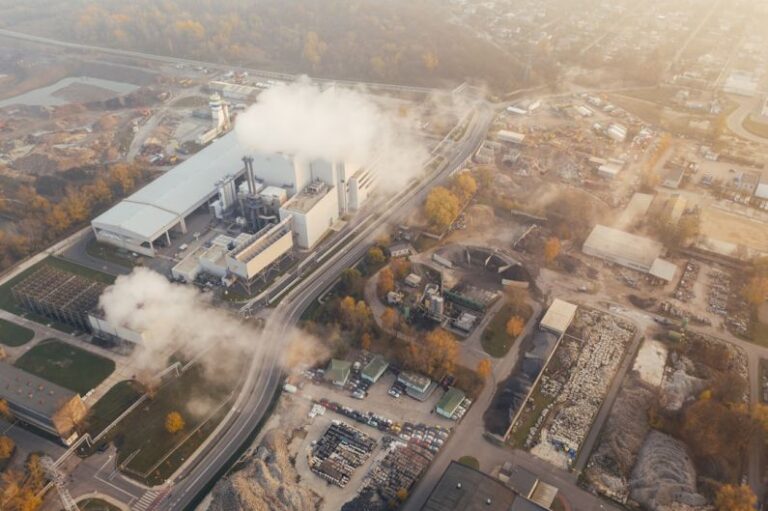
Creating an Energy-Efficient Home
In today’s world, where environmental concerns are at the forefront of many discussions, creating an energy-efficient home has become more important than ever. Not only does it help reduce your carbon footprint, but it also saves you money in the long run. By making a few simple adjustments and incorporating energy-efficient practices into your daily life, you can significantly lower your energy consumption and contribute to a more sustainable future. Here are some practical tips on how to create an energy-efficient home.
Audit Your Energy Usage
Before making any changes, it’s essential to understand how much energy your home is currently using. Conducting an energy audit can help you identify areas where energy is being wasted and where improvements can be made. You can hire a professional to perform a comprehensive audit or use DIY tools to track your energy consumption. Once you have a clear picture of your energy usage, you can start making informed decisions on how to reduce it.
Upgrade to Energy-Efficient Appliances
One of the most significant contributors to energy consumption in a home is the use of appliances. Older appliances tend to be less energy-efficient and consume more power than newer models. Consider upgrading to energy-efficient appliances, such as refrigerators, washing machines, and dishwashers, that are ENERGY STAR certified. These appliances are designed to operate more efficiently, saving you money on your utility bills while reducing your overall energy usage.
Seal and Insulate Your Home
Proper insulation is crucial for maintaining a comfortable temperature in your home and reducing energy waste. Check for gaps and cracks in windows, doors, and walls, and seal them to prevent heat loss in the winter and cool air escape in the summer. Additionally, adding insulation to your walls, attic, and floors can help regulate indoor temperatures and reduce the strain on your heating and cooling systems.
Utilize Natural Light and Ventilation
Maximizing natural light and ventilation in your home can reduce the need for artificial lighting and cooling systems. Keep curtains and blinds open during the day to let sunlight in and warm your home naturally. In the evening, switch to energy-efficient LED bulbs to minimize electricity usage. Additionally, opening windows and using ceiling fans can enhance airflow and help keep your home cool without relying on air conditioning.
Invest in Renewable Energy Sources
Consider incorporating renewable energy sources, such as solar panels or wind turbines, into your home to generate clean energy and reduce your reliance on the grid. While the initial investment may be significant, renewable energy systems can pay off in the long term by significantly reducing your energy bills and carbon footprint. Research available incentives and rebates to make the transition to renewable energy more affordable.
Optimize Your Heating and Cooling Systems
Heating and cooling account for a significant portion of your home’s energy consumption. To optimize these systems, consider upgrading to a programmable thermostat that allows you to adjust temperatures based on your schedule. Regularly maintain your HVAC system by replacing filters, sealing ducts, and scheduling professional inspections to ensure it operates efficiently.
Reduce Phantom Energy Usage
Phantom energy, also known as standby power, is the electricity consumed by electronics and appliances when they are turned off but still plugged in. To reduce phantom energy usage, unplug devices when not in use or use power strips to easily disconnect multiple devices at once. Additionally, consider investing in smart power strips that automatically cut off power to devices in standby mode.
Create a Sustainable Outdoor Space
Don’t forget about the outdoor areas of your home when striving to create an energy-efficient living environment. Planting trees and shrubs strategically around your home can provide natural shade in the summer and act as windbreaks in the winter, reducing the need for heating and cooling. Additionally, consider installing a rainwater harvesting system to collect water for outdoor use and reduce your reliance on municipal water sources.
Embrace Sustainable Living Practices
Creating an energy-efficient home goes beyond making physical changes to your living space; it also involves adopting sustainable living practices. Reduce water usage by fixing leaks, taking shorter showers, and using water-saving fixtures. Recycle and compost to minimize waste and reduce landfill contributions. Incorporate energy-saving habits into your daily routine, such as turning off lights when leaving a room and using cold water for laundry.
Conclusion
By implementing these energy-efficient practices in your home, you can not only reduce your environmental impact but also enjoy long-term savings on your energy bills. Creating an energy-efficient home is a rewarding journey that benefits both you and the planet. Start small by making simple changes and gradually incorporate more sustainable practices into your lifestyle. Together, we can make a difference in creating a more energy-efficient and sustainable future for generations to come.





